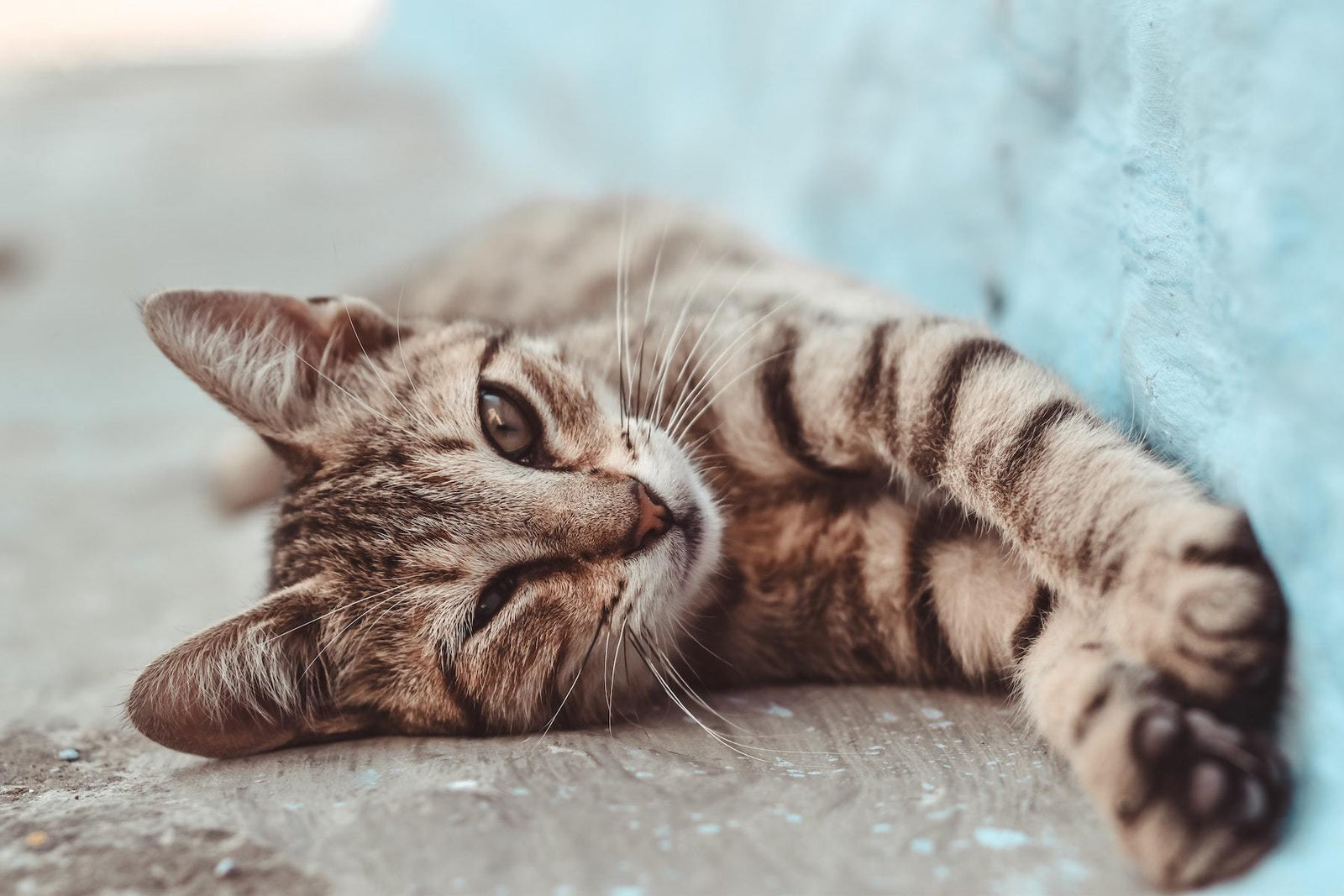
We can all agree that cats are some insanely cute animals. These little balls of fur are frontrunners of animal cuteness in the public eye. Just look at how many cute cat videos are on YouTube. From their big, forward-facing eyes and rounded ears to their toes and paws, cats are literally poster animals for cuteness.
Even their whiskers are cute! But have you ever stopped and wondered why your cat even has whiskers? Surely, they serve more of a purpose for your cat than just enhancing their cuteness, right? Well, of course, they do! Your cat’s whiskers have much more functionality than you’d realize. They’re how they determine how far they can jump to something and how they can sense the environment around them, for example.
We all know that cats have whiskers, but what are they actually for? Get all your questions answered with these seven facts about cats’ whiskers.
Whiskers can be found on different areas of a cat’s body.
Did you know that whiskers aren’t just found on their muzzles? There are so much more than the 24 long whiskers that you can so easily see. They also have whiskers underneath their chin, on their ears, around their eyes, on their forelegs, and right above their paws! These foreleg whiskers, also known as carpal whiskers, are actually the reason your cat’s such a fantastic little hunter. They help them catch their prey easier by quickly sensing their prey’s next steps.
They’re symmetrical.
Symmetry is obviously a major key factor in determining cuteness, but it’s also an even bigger factor in determining measurement. Cats have a total of 24 long-haired whiskers on their muzzle, 12 evenly placed on each side. The symmetrical distribution of their whiskers acts as measuring tape and helps them figure out if they’ll be able to fit in different spaces like the opening of the box in their cat tower or the opening of the box their pretty cat litter arrived in.
They should never be trimmed!
Unlike most of your cat’s fur and our own human hair, you should never trim your cat’s whiskers. Cutting cat whiskers can cause them to experience major disorientation and fear. Whiskers are vital for so many things your cat can do and it’s best to avoid plucking, trimming, and snipping them. Not just because of the disorientation and fear that they can cause, but also because it’s painful and risky to pluck a whisker since the open nerve ending can potentially get infected. Sometimes whiskers will fall out on their own, but they will grow back.
Tired of your home smelling like you have a cat?
15% off PrettyLitter
Try it today Use code: PRETTYBLOG
Whiskers have nerve endings to help sense vibrations in the air.
Just like their very own built-in radar, whiskers help your cat sense vibrations in the air. Whiskers are actually set three times deeper in the hair follicle than the rest of their fur. They have little blood vessels in them that are very purrceptive to changes in the air, warning them if there are potential threats nearby.
Whiskers help cats see in the dark.
Not only does your cat have their own built-in radar, but they also have night vision. Have you ever noticed how your cat can move so swiftly and accurately in a dark room? Their whiskers assist them in navigating in the dark. They can actually sense that the air current in a room is different depending on where your furniture is located. Combine that with the fact that cats already have superior night vision than humans and it’s no wonder why they don’t bump into any of your furniture in the middle of the night.
Facial whiskers support close-up vision.
Whiskers help your cat with another kind of vision as well: close-up vision. Unfortunately, cats aren’t able to see nearby objects closer than a foot away from their face. Their whiskers help them maneuver around the things they aren’t able to see well. They’re able to tell where an object is, what the texture it is, and how big it is just by touching their whiskers to that object.
A cat’s whiskers help them express themselves.
Whiskers are also a window into your cat’s feelings and behavior. Relaxed whiskers indicate that they are most likely feeling happy and at ease. If their whiskers are more rigid and pulled around their face, they most definitely feel threatened. Sometimes when your curious cat’s whiskers are pushed forward, it may mean they are feeling inquisitive.
A cat’s whiskers provide pawsitively purrfect protection.
Facial whiskers also help protect your cat’s sensitive areas from possible risk and harm. The tiny whiskers around their eyes can quickly detect when a foreign object like a speck of dust is getting too close to their face and allow them to shake it off. The long whiskers on their muzzle help them avoid sharp and potentially dangerous objects when they’re out exploring.
Fun Fact: Most cat whiskers are white, but those that are black turn into white whiskers when your cat ages!
Now that you’ve learned all about why your cute little cat has whiskers, you’ll be able to better understand why they do certain things and what they sometimes may be feeling. There isn’t anything cuter than being on the same wavelength as your cat to take better care of them and help them live a long, happy life.
Sources:
https://pets.webmd.com/cats/features/why-cats-whiskers
https://www.petmd.com/cat/behavior/evr_ct_why_do_cats_have_whiskers
https://www.vetwest.com.au/pet-library/why-do-cats-have-whiskers

Follow Us